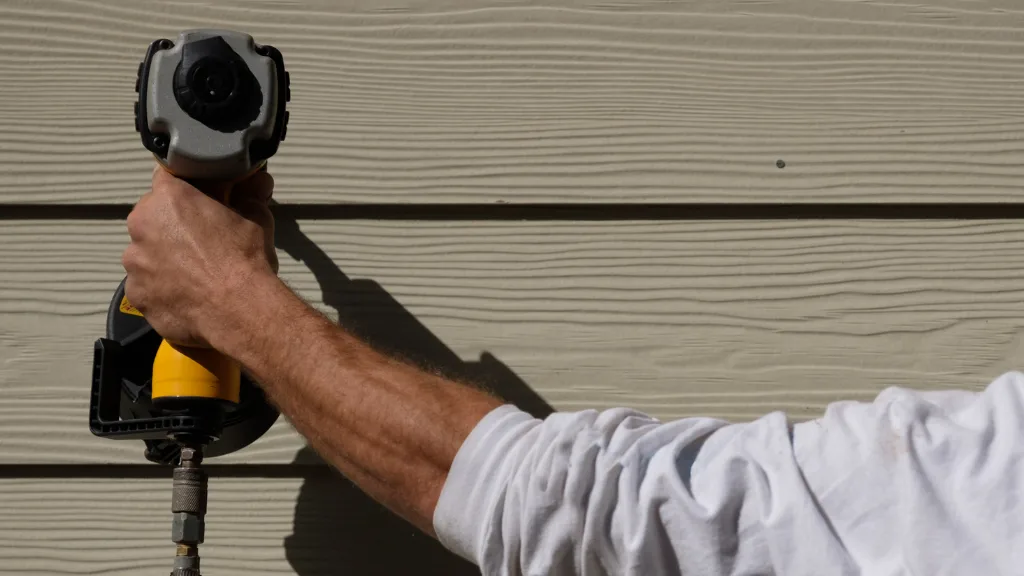
The exterior of your home is just as important as the interior, and the siding plays a critical role in protecting it from the elements. However, if you’re considering installing new siding, you might be wondering about the cost.
Siding installation can be a significant investment, but with some research and careful planning, you can save money while still achieving your desired look. In this article, we’ll provide you with expert insights into the cost of siding installation and share tips on how to save money.
We’ll explore the factors that can impact the total cost, such as the type of siding, the size of your home, and labor costs. Whether you’re a homeowner, contractor, or DIY enthusiast, this guide will equip you with the knowledge and tools to make informed decisions and save money on siding installation.
So, let’s dive in and discover how much siding installation really costs and how you can save money in the process!
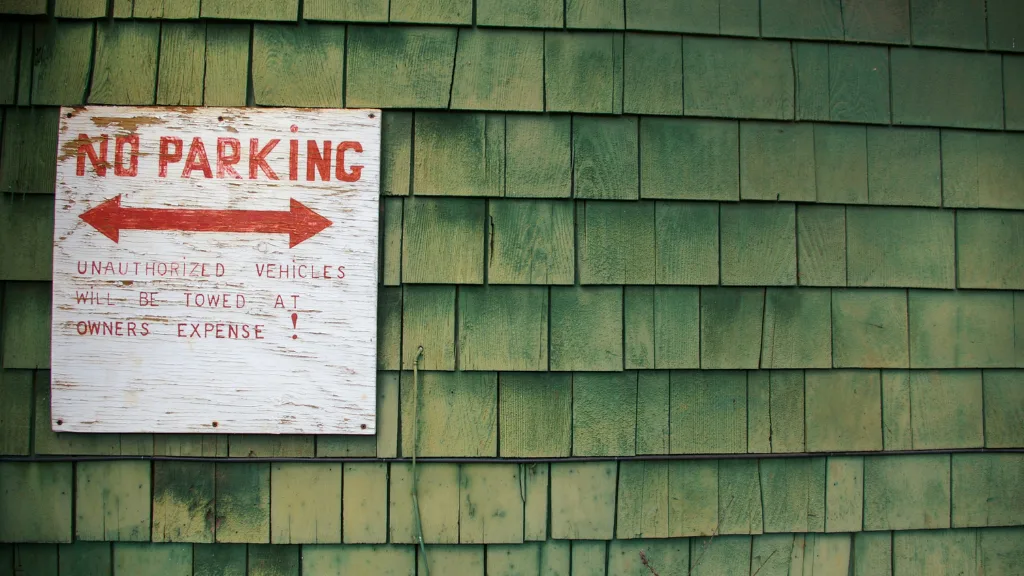
Types of Siding Materials
When considering siding installation for your home, it’s essential to understand the various types of siding materials available. This knowledge will help you make an informed decision and save money.
In this section, we will discuss six popular siding materials: Vinyl, Wood, Brick, Stone, Stucco, and Fiber Cement.
Vinyl
Vinyl siding is a popular and affordable option for your home’s exterior. This low-maintenance material is highly resistant to weather and insect damage. The average cost of vinyl siding ranges from $6,000 to $16,400, with an average cost per square foot of $12.
Some advantages of vinyl siding include:
- Easy installation
- Low maintenance
- Wide variety of colors and styles
Wood
Wood siding is a classic choice that provides a warm, natural appearance. It starts at around $2 per square foot. However, it does require regular maintenance, such as repainting and sealing, to prevent rot or insect damage.
Types of wood siding include:
- Clapboard
- Shake or shingle
- Board and batten
Brick
Brick is a durable, long-lasting siding material that requires minimal maintenance. The cost of brick siding is significantly higher than vinyl or wood, making it a more expensive investment.
Some benefits of brick siding are:
- Fire-resistant
- Low maintenance
- Aesthetically appealing
Stone
Stone siding is another long-lasting, attractive material. It can reach up to $50 per square foot, making it one of the most expensive siding materials.
There are two main types of stone siding available:
- Natural Stone
- Limestone
- Granite
- Sandstone
- Stone veneer
- Manufactured
- Simulated
Stone siding requires professional installation and may not be suitable for all climates.
Stucco
Stucco siding is a long-lasting material made from a mixture of cement, sand, and water, which creates a strong, durable exterior. Its cost typically falls between $6 and $9 per square foot, depending on the quality and style.
- Versatile design options
- Low maintenance
- Fire-resistant
Fiber Cement
Fiber cement is a low-maintenance, durable siding material that mimics the appearance of wood, brick, or stucco. It costs around $6 to $12 per square foot. Benefits of fiber cement siding include:
- Resistant to fire, water, and insects
- Low maintenance
- Environmentally friendly
By considering these siding materials and their respective costs, you can make an informed decision on which option is best for your home and budget.
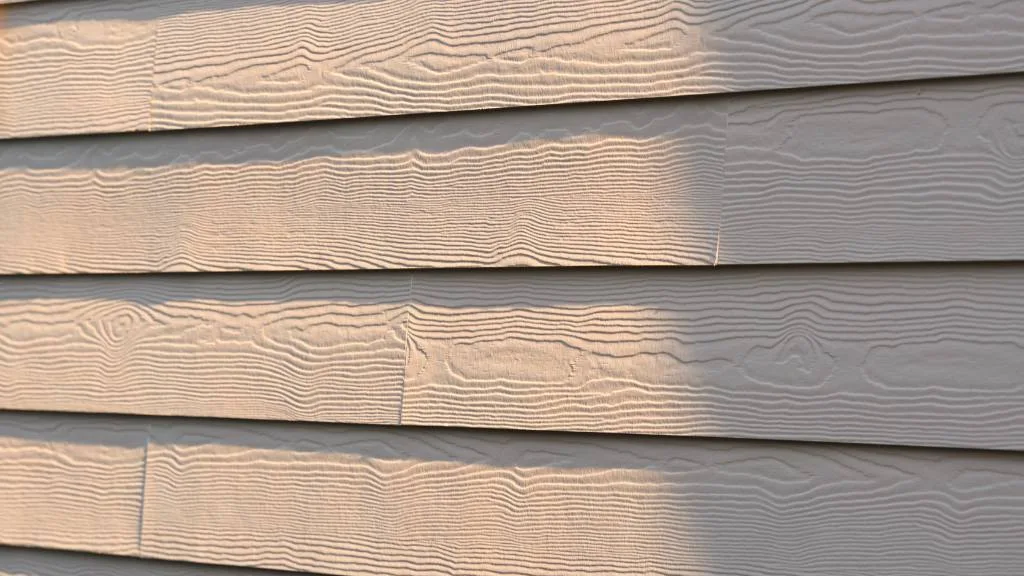
Siding Installation Costs Breakdown
Cost Per Square Foot
When considering siding installation, one of the main factors influencing the cost is the price per square foot of the siding material. The cost can range anywhere from $1 to $15 per square foot, depending on the type of material you choose.
Vinyl siding, for instance, is a popular and affordable option, with costs averaging around $3.70 per square foot.
Labor Costs
In addition to material costs, you’ll need to factor in labor costs for siding installation. Professionals typically charge between $2 and $5 per square foot for their services. For a standard 1,500-square-foot home, this could mean labor costs ranging from $1,500 to $22,500.
Additional Elements
Aside from material and labor costs, there may be other expenses to take into account during your siding installation project, such as:
- Repairs: During the installation process, you may discover damage to your current siding, requiring additional repairs before the new siding is installed. This can add to the overall cost.
- Site cleanup: The siding installation process can generate debris, so you might need to allocate a portion of your budget for proper cleanup and disposal.
- Trim and other accessories: To complete the look of your new siding, you may need to purchase and install trim, soffits, or other accessories, which can add to the project’s cost.
By understanding the various elements that contribute to siding installation costs, you can better prepare yourself and your budget for this home improvement project.
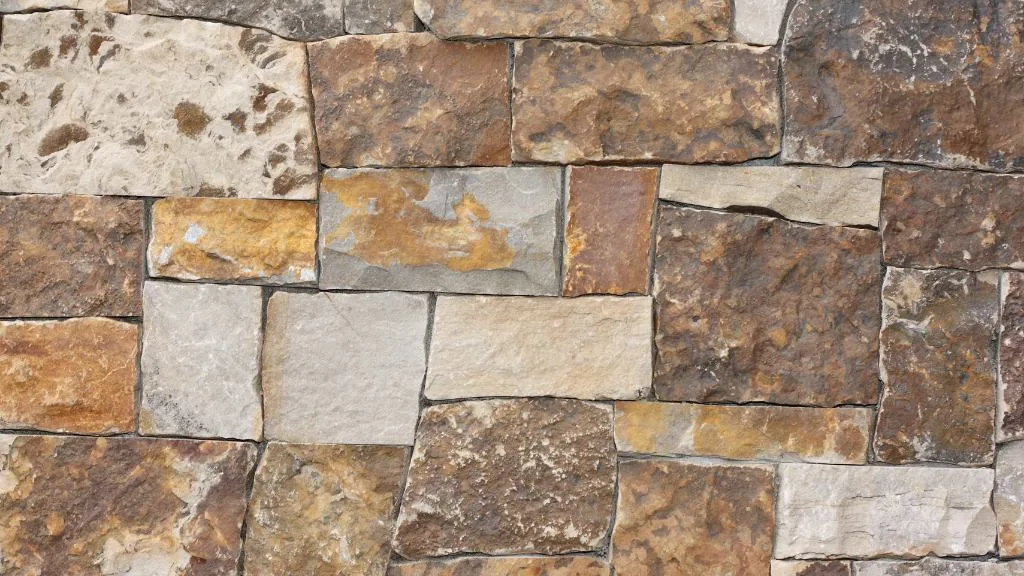
Factors Affecting Siding Costs
Brand and Quality
When considering siding installation, you should be aware that the cost will vary depending on the brand and quality of the siding materials. Higher quality materials usually come with a higher price tag, but they may offer better durability, appearance, and value for your home.
However, budget-friendly options can also provide good performance while helping you save money. It’s essential to carefully research different brands and compare their products to make an informed decision.
Home Size and Design
Your home’s size and design significantly impact the cost of siding installation. The larger the house, the more materials are needed, and the labor cost may increase as well.
Additionally, your home design plays a role in the cost, as complex architectural features like multiple stories, various angles, and intricate trims require more labor and expertise for proper installation.
Geographic Location
Geographic location also affects the cost of siding installation. Depending on where you live, the local climate conditions may require specific siding materials or installation techniques.
Likewise, labor and material costs often vary by region due to differences in supply and demand. Local building codes and regulations might also influence the choice of siding materials, which can impact the overall cost.
Time of Year
The time of year can affect the cost of siding installation as well. During peak seasons, when demand for home improvement services is high, labor costs may be higher.
Additionally, certain siding materials might be more expensive due to seasonal demand. On the other hand, scheduling your siding installation during the off-peak season can help you save money, as contractors might offer lower rates to secure work during slower periods.
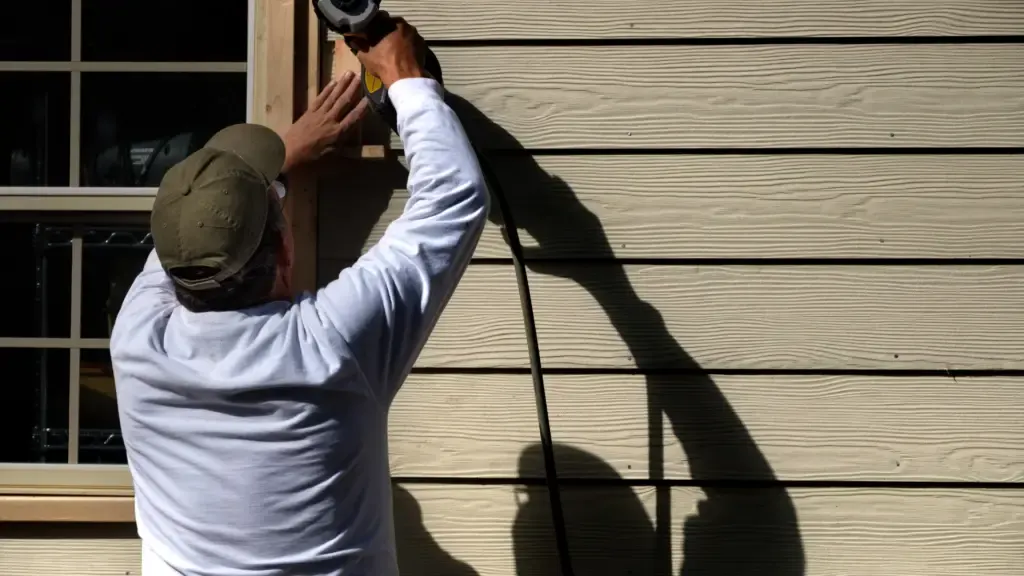
Siding Styles and Curb Appeal
Board and Batten
Board and batten siding gives your home a classic, rustic look. It features vertical boards with smaller battens covering the gaps between the larger boards. This style is available in various materials, including vinyl and wood.
When choosing board and batten, consider factors like durability, maintenance, and paint options to ensure it complements your home’s exterior and enhances curb appeal.
Clapboard
Clapboard siding, also known as lap or bevel siding, consists of long, horizontal boards overlapping each other. This popular siding style is available in materials like wood, vinyl, and fiber cement.
It’s a versatile option that suits various house designs, and you can choose from a range of paint colors to make it your own.
Cedar Shake
Cedar shake siding brings a natural, textured look to your home’s exterior. These shakes are made from split cedar logs providing a rustic appearance.
Cedar shake siding can be painted or stained to suit your style preferences. Be prepared for the maintenance involved with this siding, such as repainting or restaining over time to maintain its quality and curb appeal.
Vertical Vinyl
Vertical vinyl siding offers a modern twist on traditional siding styles. With long, vertical panels, this siding adds dimension to your home’s exterior.
It’s low-maintenance and cost-effective, making it an appealing option for many homeowners. There’s a wide variety of colors and designs available for you to choose from, ensuring a cohesive look for your home.
Log and Panel
For those who desire a log cabin aesthetic without the use of actual logs, vinyl log siding is an excellent alternative. Vinyl log siding provides an authentic-looking log appearance with added insulation benefits at a lower cost than traditional log siding.
Similarly, panel siding can replicate the look of stone or brick without the expensive installation costs. These options give you the flexibility to choose a unique and stylish exterior for your home while keeping your budget in check.
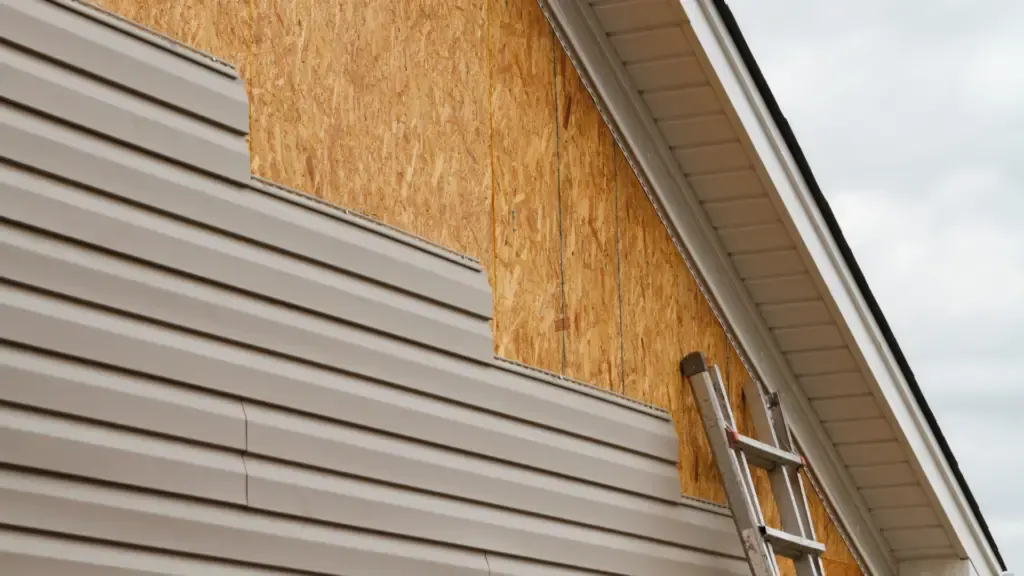
Pros and Cons of Different Siding Types
When choosing siding for your home, consider the energy efficiency, maintenance, longevity, and protection it will provide. Here’s a brief comparison of some popular siding types:
Vinyl Siding
- Pros: Vinyl siding is low-cost, versatile, and low-maintenance. It doesn’t require frequent painting or sealing and is available in a wide range of colors and styles. It’s fairly energy efficient when used with proper insulation.
- Cons: Vinyl isn’t the most environmentally friendly option, and its lifespan (20-30 years) is shorter than other materials. It can be prone to cracking and warping in extreme weather.
Fiber Cement Siding
- Pros: Fiber cement siding offers a balance of low-maintenance and durability, lasting up to 50 years. It’s resistant to rot, insects, and fire, and can be designed to mimic wood or other materials. It also provides good energy efficiency.
- Cons: This siding type can be more expensive than vinyl and requires professional installation. It might need repainting every 10-15 years.
Wood Siding
- Pros: Wood siding has a timeless look and is a renewable resource. You can choose from various wood types and styles, and it provides good insulation due to its natural properties.
- Cons: Wood requires regular maintenance, including painting or staining every few years, and is susceptible to rot, insects, and warping. It also has a shorter lifespan compared to fiber cement or some types of metal siding.
Stucco Siding
- Pros: Stucco siding is durable, low-maintenance, and energy-efficient due to its insulating properties. It can last up to 50 years if properly installed and cared for.
- Cons: Stucco can be more expensive to install, and it may not suit all climates, especially those with extreme temperature fluctuations or consistent moisture.
Metal Siding
- Pros: Metal siding (such as aluminum or steel) is long-lasting, low-maintenance, and can be an eco-friendly choice when made from recycled materials. It’s also resistant to fire, insects, and rot.
- Cons: Metal siding can be more expensive than vinyl or wood, and it may dent, scratch, or fade over time. It also has lower insulating properties compared to some other materials.
As you consider the various siding types, weigh their advantages and disadvantages, keeping in mind your climate, budget, and desired level of maintenance.
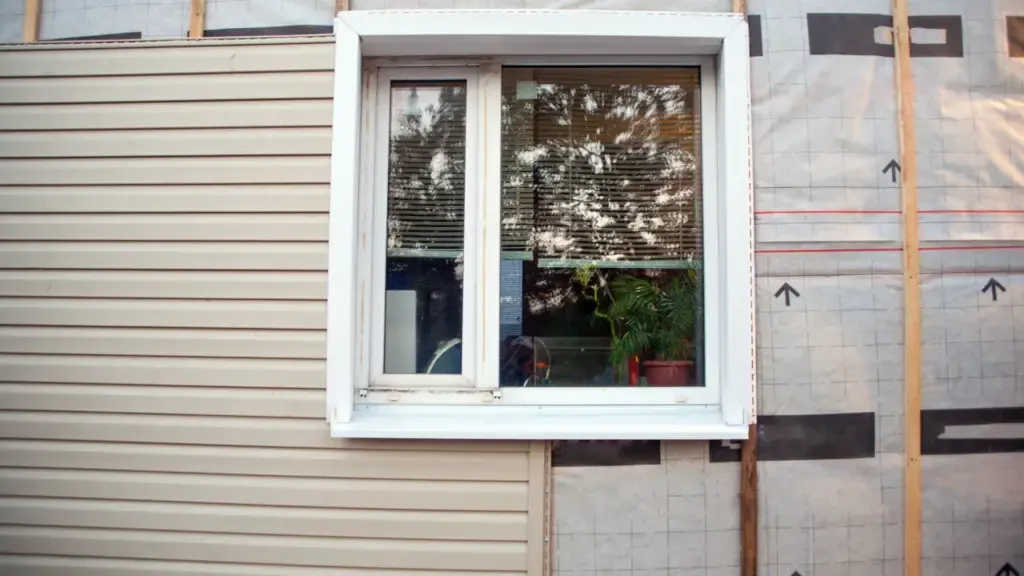
How to Save on Siding Installation
No-Commitment Estimates
When considering siding installation, it’s essential to obtain multiple no-commitment estimates from different siding companies. This allows you to compare prices, materials, and services offered by each contractor.
Make sure to request itemized quotes so you can directly compare the costs of labor, materials, and other fees.
Choosing the Right Contractor
The key to saving money on siding installation is selecting a reliable contractor. Look for top-rated pros, read reviews, and ask for references. Quality of work and expertise are crucial factors to consider, as hiring an inexperienced contractor may result in higher maintenance and repair costs in the future.
Additionally, be sure to ask about any warranties or guarantees they offer to protect your investment.
Timing and Negotiation
Another essential aspect of saving on siding installation is timing. Contractors tend to have more availability during their off-season and may offer lower prices to attract customers during this time. If you have flexibility in scheduling, take advantage of these seasonal discounts.
Lastly, don’t be afraid to negotiate with your siding contractor. In many cases, they’re willing to work with you to secure the job. Be prepared to discuss the estimates you’ve received from other companies, and be open to exploring alternative materials or methods that may reduce costs without compromising quality.
Siding Replacement and Repair
Old Siding Removal
Before you replace your siding, you’ll need to remove the old siding first. Removing old siding can cost anywhere from $1,000 to $3,000, depending on factors like the size of your home, the type of siding material, and the location of your property.
Your contractor may charge you based on the number of square feet, the labor hours needed, or a combination of both.
To save money during the process, consider doing some or all of the removal yourself. This can significantly reduce the overall cost of the project, especially if you’re able to minimize labor costs.
Just make sure you have the proper tools and safety equipment before starting.
Siding Repairs
If you’re not in need of a full siding replacement, you may just need to repair the damaged areas of your current siding. On average, repairing wood siding costs $1,400 but can range from $200 to $5,000, depending on the type of damage and wood material.
Individual siding repairs vary, but here’s a general breakdown of the cost per type:
- Fixing standard wood siding: $600 to $2,400 for 200 square feet
- Replacing cedar shake siding: $9,000 to $23,000
- Replacing all wood siding: $7,000 to $23,000, depending on size and wood material
Keep in mind that siding quality plays a role in repair costs. Higher-end materials like cedar shake will usually come with higher repair expenses.
To ensure your siding lasts longer and requires fewer repairs, invest in high-quality materials from the start.
To save money on siding repairs, consider DIY fixes for minor problems like patching holes or replacing a few damaged panels. Always follow proper safety precautions and consult a professional if you’re unsure about handling larger fixes.
Not only will this approach save you on labor costs, but it will also help you to maintain the appearance and durability of your siding in the long run.
